In 1987, Rajcsányi László, known in the Game Boy dev scene as Lacoste, received a Commodore 16 as a Christmas present from his parents. It started a love affair with the machine that led him to code his own games. He explains that “Hungary, where I lived at that time, was not one of the places where it was easy to buy a Commodore. My parents didn’t know it didn’t come with pre-installed games, so I turned on the machine and looked at its blue screen.”
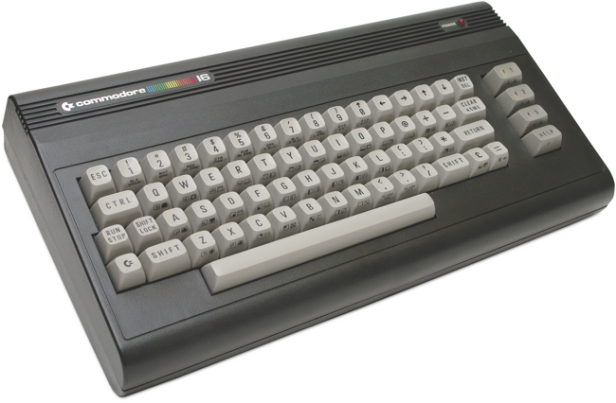
This must have been disappointing for Lacoste. He was not deterred however and before long found that coding his own games would allow him to enjoy his new computer. “There was a manual in the local library” he explains, “I learned BASIC language so I could write a game for myself during the winter break. This sparked my interest in games and my father and I would compete to see who scored the highest. When I met several guys who also had C16 / Plus4 machines, I got to know the demo scene and learned a lot there. I’ve never been a good coder, but I’ve always wondered who does what and how.”
Lacoste’s interest in coding fell away when he had a family but he always kept his love for the Commodore games in his heart. “When the kids were born, I bought a Game Boy Advance. I loved it. I’ve always thought about how good it would be to have a couple of Commodore games to play on it and if you could emulate them.” He continues by saying “one day a Google search showed me the GB Studio program and I decided to look into it. All of the experiences I longed for when I was a child came to life and immersed me.”
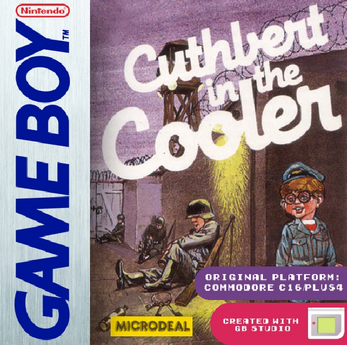
The desire to go back to the days of making games on his Commodore was reignited and Lacoste decided to give it a go himself. “I’ve always admired developers on Commodore and wanted to do it myself. They made simple, enjoyable games. My children were still in school in 2020 and I thought I would write a game about their lives. Then I searched for assets and checked out some old Commodore games. That’s when I realized I could make these old games with GB Studio.”
It was not an easy process, Lacoste says that “it takes a lot of creativity to bring the Commodore experience to another system. It is difficult because there is a lot of differences between the two machines. On the other hand, I enjoyed watching these 80s games come to life on the Game Boy screen. GB Studio was simple to understand and no programming knowledge was required. At the time only version 1.0 was available and I couldn’t make a Color game yet, so I had very limited options and didn’t fully understand everything. Today, I solve the puzzles differently than when I first started.”
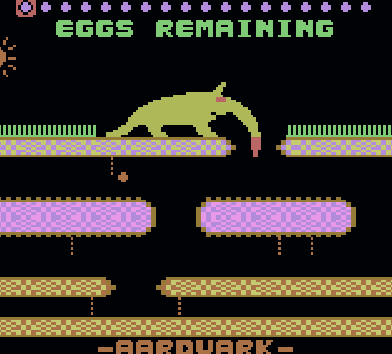
Lacoste explains the difficulties in porting Commodore games to the Game Boy further by explaining “the most important thing is the difference in screen size. You need to move a 320×200 screen to a 160×144 screen without losing the game play. Then there is the music and sounds, these are difficult. I asked my wife to listen to the game and transcribe it to sheet music so I could write it into an editor.” He also explains that the process uses many different programs. “There was WAV2SHEET, SID2MIDI, and more.”
It is not just the music that causes a headache. Getting the graphics to display correctly is another challenge. “I had to change the palette to eliminate the missing graphics. There are lots of tricks that no one would think of, for example, if the background image is very complicated, the front characters often enter the background. For example, there could only be 192 8×8 pixel unique tiles in the background, but sometimes more are needed. This is when the character steps in and replaces the background. I loved these ideas because it’s good to have a machine limit, it works the brain when you have to resort to tricks.”

Lacoste spends about three or four days porting each game although some may take up to a week if they’re particularly complicated. When pressed on what has been his favorite port so far he struggles to pick one. “I thought you would ask this and it’s difficult to answer because I fell in love with a lot of the games. I also contacted the original developers many times and sent them the first versions. If they answered, it was always very encouraging. My favorite Color games are Finders Keepers, Cuthbert in the Cooler, Dork’s Dilemma and Aardvark. Of the original Game Boy, I like Monty on the Run, Autozone or the all-self-developed Pushingo.”
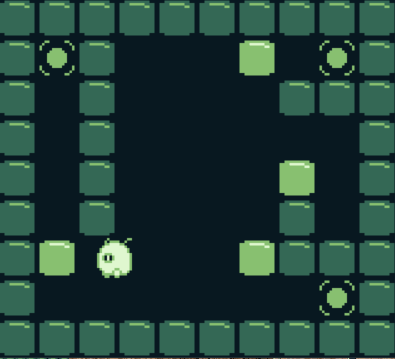
Lacoste feels that using GB Studio and its community has helped him achieve his goals. “It’s a simple program that needs a lot of development. It’s great to have more people to explain how the program works by making videos to help everyone else’s work.” However, he feels that his games are mostly played by older gamers. “I think the younger generation is no longer interested in this. They’re played by those whose childhood memories are filled with Commodore games.”
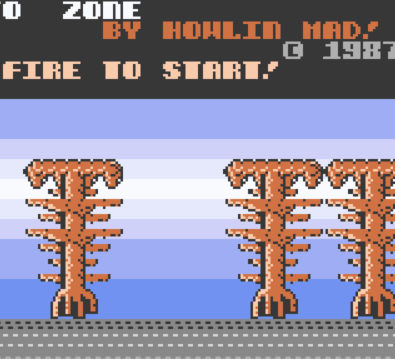
He also explains why he feels the Game Boy attracts so many coders looking to get into game development. “Maybe it’s that they like to work within limits. The Game Boy is a very cleverly crafted handheld, with plenty of options and everyone wants to show you how to do this new thing, which is beautiful. It is also my dream to create a program on it that goes beyond my abilities, following the rule to resemble the 80s games I enjoy so much.”
Thank you to Lacoste for speaking to GBS Central. You can find his Commodore ports on Itch.io

Happy go lucky game journalist, write for print mags, books and online. Love my retro and have a taste for new GB games.

